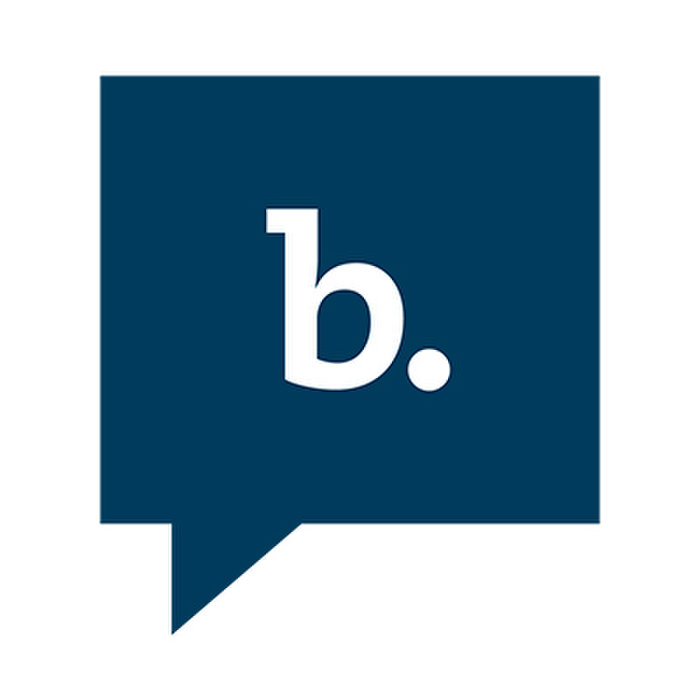
With advertising giant WPP merging two of its best-known brands last month, we ask ad execs from The Drum Network whether we should expect more consolidation, and whether it’s good or bad for indies.
Is more marketing consolidation coming? And what does that mean for smaller agencies? / Arseny Togulev via Unsplash
Last month, the biggest ad network in the world merged two of its most storied brands, VMLY&R and Wunderman Thompson, into what it says will become the largest creative agency in the world.
We’ve now got a pretty good idea of WPP boss Mark Read’s thinking behind the merger, and the story of how it came about. But can we expect more mega-mergers from the holding companies? In the ad industry’s perpetual ebb-and-flow of expansion and consolidation, are we entering a patch of the latter? And if we are, what does it do to the rest of the industry – do agile little indies become more attractive in the face of merged behemoths, or are they blown out of the water? We asked seven smart ad execs from indie shops and smaller networks for their view from the ground.
Maria Vardy, managing director, Builtvisible: “In the near future of marketing, the trend of agency consolidation could be a double-edged sword. While the drive to streamline and amalgamate brands within vast networks promises enticing cost efficiencies and one-stop solutions, it raises a pressing concern – the potential erosion of creativity and individuality.
“The quest for efficiency may risk stifling uniqueness, raising the question: will future creative talent yearn to join these colossal agencies, or will they seek more dynamic and fluid environments? Clients too face a dilemma: whether to blend in with industry and category peers within large networks or dare to stand out with their independent rivals.
“While consolidation persists driven by financial pressures, it also opens opportunities for smaller agencies and specialists. These agile players can offer tailored, creative solutions in a landscape that’s becoming more homogenous.”
“In the delicate balance between efficiency and creativity, consolidation carves out room for the independents to thrive, championing originality and innovation in an industry that craves both.”
Claire Elsworth, strategy director, Impression: “Not that long ago, we were all wringing our hands about the inevitable race-to-the-bottom that the explosion of digital had created. Well, the networks found something of a flex on that: becoming all things that any brand might need. Economies of scale? Check. The convenience of having a one-stop-shop? Check. The unrivaled experience of having passionate, dedicated specialists working on your business, bringing you all the agility and entrepreneurialism of an 800-pound gorilla? Erm…
“Network agency behemoths are right for some brands, but not all. Those who will benefit from the scale and breadth of these recent mergers and consolidations will no doubt be excited to see what comes next. But with every one of these, a space opens up for an independent, specialist service for whom the brands they work for aren’t just another logo on a creds slide. The more jacks-of-all-trades we create, the more space there is for the masters to shine.”
Mark Iremonger, managing director, Nucco: “Having worked through three recessions, this is the toughest trading environment I’ve encountered. Most of our industry is made up of small creative services businesses that will be under pressure. With so much uncertainty, agencies have sloughed off unnecessary costs to hunker down and protect their core. This means there will be acquisition opportunities for those who can spot high-performing businesses and leadership teams; investors will need deep pockets and foresight to back these businesses for future rewards. There may also be an opportunity for some leadership teams to take back control from holding companies through management buy-outs.”
Nick Myers, head of planning, Oliver: “The underlying concern with consolidation lies in the motives driving them. Agencies regularly preach ‘customer-obsession’, but when consolidating, their self-interest sometimes takes precedence over their clients’.
“Another peril concealed within consolidation is the risk of everything turning a bit too uniform. A one-size-fits-all marketing approach that can stifle creativity and individuality isn’t exactly the vibrant and diverse marketing landscape we all cherish.
“What truly counts is where agencies place their priorities – in their clients’ interests or their own.”
Dimi Albers, global chief executive officer, Dept: “Of course, more consolidation is coming. As brands across the globe try to deal with the increasing complexity of reaching their audiences at the right time and with the right message, they are looking for partners (agencies, consultancies, system integrators) to integrate these capabilities into unified teams.
“The VMLYR / Wunderman Thompson merger is part of WPP’s quest to respond to this challenge. Although we all know that these mergers can be painful, I think it’s commendable that Mark and the team are steering towards a more client-centric approach.
“Now, of course, a significant challenge lies in bringing these two colossal entities together and striving to streamline them for the benefit of the client. As this transformation unfolds, the question remains: will the teams and specialists have the freedom and bandwidth to keep pace with the rapid changes in the marketing industry?”
Suggested newsletters for you Daily Briefing Catch up on the most important stories of the day, curated by our editorial team. Ads of the Week See the best ads of the last week – all in one place. The Drum Insider Learn how to pitch to our editors and get published on The Drum.
Benjamin Potter, chief executive, North America & global creative director, Clickon: “The advertising landscape is undergoing a seismic transformation. As brands increasingly look inward, building in-house agencies to gain more control over their narratives, traditional agencies face a new kind of competition. This shift is further amplified by the unparalleled reach and influence of dominant platforms like Facebook and Google, which have redefined advertising norms and strategies. In response, traditional agencies feel the pressing need to consolidate. Such mergers offer them a buffer against industry giants and provide an avenue for pooling resources, fostering innovation, and acquiring fresh talent.
“These advantages don’t come without challenges. Merging agencies need to think about how to blend distinct organizational cultures, reconcile diverse visions, and integrate varied operational methodologies. Consolidation processes can be lengthy and complex, requiring careful strategy and execution. Given these prevailing industry trends, it’s plausible to anticipate a surge in mergers in the coming years. But the true measure of success will be determined not just by the number of consolidations but by how effectively these merged entities can navigate the evolving advertising ecosystem, meet client expectations, and deliver impactful results.”
Ryan Green, senior vice president of marketing and innovation, Coegi: “The more interesting and meaningful consolidation story is at the broadcasters and streamers. Will Disney sell to Apple? Will Paramount ever become a part of the Google juggernaut? These would have a much more substantial impact on brands versus which three, five or seven-letter acronym WPP’s VMLY&RWT decides it will go as tomorrow.
“There’s a big difference between the motivations of publicly traded holding companies and their nimble, independent counterparts. Procurement departments may want to lean into the perceived efficiencies that consolidated holding company agencies offer (especially as a single point of contact), but to do so, they have to trim costs by baiting and switching account teams between pitch and execution. The result is a sea of undifferentiated, boring advertising; a race to the bottom. Independents will continue to pick up the slack, and get more and more attractive assignments as a result.”
Source: www.thedrum.com



